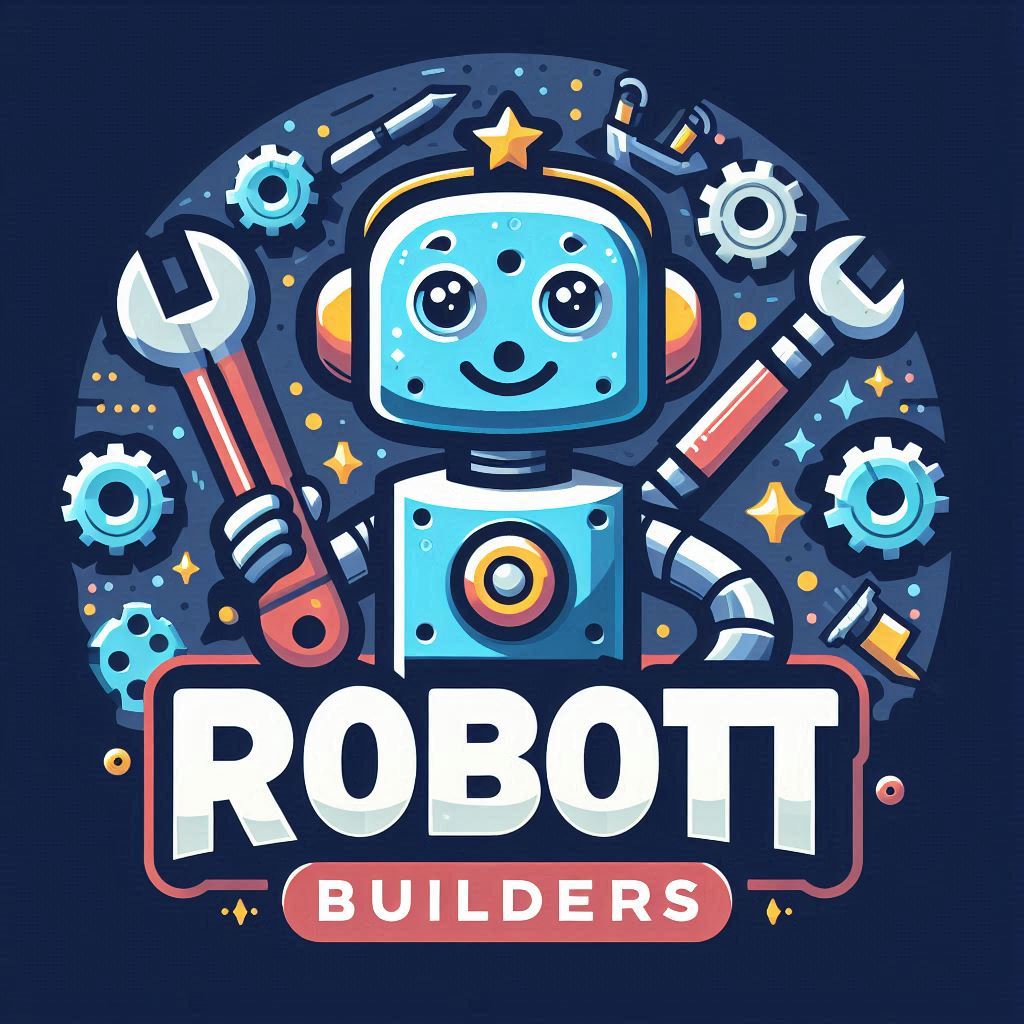Introduction
AI chatbots have transformed social media engagement, enabling businesses and influencers to provide instant responses, automated interactions, and personalized conversations. Whether you’re developing a customer support bot, an automated marketing assistant, or a personalized AI companion, the right approach ensures efficiency and scalability. This guide covers the essential steps for building AI chatbots for social media, following SEO best practices and Google-friendly formatting for better online visibility.

Step 1: Understanding AI Chatbots for Social Media
Before development begins, it’s crucial to define your chatbot’s purpose and how it enhances social media interactions. Key applications include:
- Customer Support Automation – AI answers FAQs and resolves issues in real time.
- Personalized Engagement – AI learns user behavior to provide tailored recommendations.
- Lead Generation & Marketing – AI-driven bots collect user data for targeted promotions.
- Chat-Based Content Distribution – AI shares links, videos, and interactive posts.
- Community Management – AI moderates discussions, filters spam, and ensures positive interactions.
A well-planned AI chatbot enhances brand presence and audience engagement.
Step 2: Choosing the Right AI Tools & Tech Stack
Selecting the right framework ensures chatbot efficiency, scalability, and automation.
Programming Languages
- Python – Ideal for AI, NLP, and chatbot development.
- JavaScript (Node.js) – Great for web-based AI chatbot deployment.
- Rasa & Dialogflow – AI conversational platforms with NLP capabilities.
Machine Learning & NLP Frameworks
- TensorFlow / PyTorch – AI learning models for conversation patterns.
- SpaCy & NLTK – Enhances language processing for chatbot training.
- IBM Watson AI / Google BERT – AI-driven conversational understanding.
Social Media API Integrations
- Facebook Messenger API – Enables AI chatbot interactions on Facebook.
- Instagram & WhatsApp Business API – Supports customer engagement.
- Twitter API – Allows AI chat automation for brand interactions.
With the right AI stack, chatbots provide smooth and intelligent responses across platforms.
Step 3: Collecting & Preprocessing Conversational Data
AI chatbots rely on high-quality training datasets for accurate, user-friendly interactions.
Steps for Data Preparation
- Gather User Conversations – Analyze common queries, support tickets, and social media engagements.
- Clean & Standardize Text Data – Remove duplicates, refine structure, and enhance readability.
- Use Pre-Trained NLP Models – Apply AI learning from industry-specific chatbot datasets.
- Define Intent Categories – Classify topics like customer inquiries, product recommendations, and general engagement.
Structured data improves chatbot accuracy and conversational flow.
Step 4: Training AI Chatbot Models for Social Media Interactions
Once data is processed, AI models need training to generate accurate responses.
Chatbot Training Process
- Intent Recognition – AI detects user intentions (support requests, engagement queries, etc.).
- Context Management – AI understands past conversations for personalized responses.
- Sentiment Analysis – AI gauges user emotions for better engagement strategies.
- Response Generation – AI formulates contextual and meaningful replies.
A well-trained chatbot delivers natural conversations and seamless social interactions.
Step 5: Deploying AI Chatbots on Social Media Platforms
Once trained, AI chatbots must integrate seamlessly with social media channels.
Best Practices for Deployment
- Platform-Specific Optimization – Customize responses for Facebook, Instagram, Twitter, etc.
- Omnichannel AI Integration – Ensure chatbot works across multiple social channels.
- Real-Time Conversation Monitoring – Track chatbot performance and user engagement.
- Security & Privacy Compliance – Encrypt user data and adhere to platform regulations.
Smooth deployment ensures efficient automation and user-friendly interactions.
Step 6: SEO Optimization for AI Chatbots on Social Media
To ensure your chatbot reaches a wider audience, SEO strategies must be applied.
SEO Best Practices for AI Chatbots
- Optimize Bot Responses with Keywords – Use relevant phrases like “AI-powered chat automation,” “best chatbot for social media,” and “social media chatbot strategy.”
- Enhance Visibility with Rich Media – AI chatbots should engage users with videos, links, and image responses.
- Implement Structured Data – Use schema markup to help search engines rank chatbot interactions.
- Improve Social Media Chatbot Usability – Optimize chatbot flow for higher engagement and lower bounce rates.
- Backlinking & Influencer Collaborations – Partner with brands to improve chatbot awareness.
SEO-driven chatbot strategies enhance discoverability and increase audience reach.
Step 7: Monitoring & Improving Chatbot Performance
AI chatbots must evolve based on user interactions and behavioral trends.
Tracking AI Chatbot Efficiency
- Engagement Metrics – Monitor user interactions, response accuracy, and retention rates.
- Error Detection & Refinements – Adjust AI models for improved conversation flow.
- User Sentiment & Feedback Analysis – Optimize chatbot responses based on audience behavior.
- Security Updates & AI Enhancements – Strengthen chatbot data privacy and compliance.
Consistent refinements enhance chatbot usability and social media engagement.
Final Thoughts
AI-powered chatbots revolutionize social media conversations, offering automated engagement, personalized interactions, and real-time responses. By integrating machine learning, NLP, social media APIs, and SEO optimization, businesses and influencers can automate audience interactions and improve customer engagement effortlessly.
